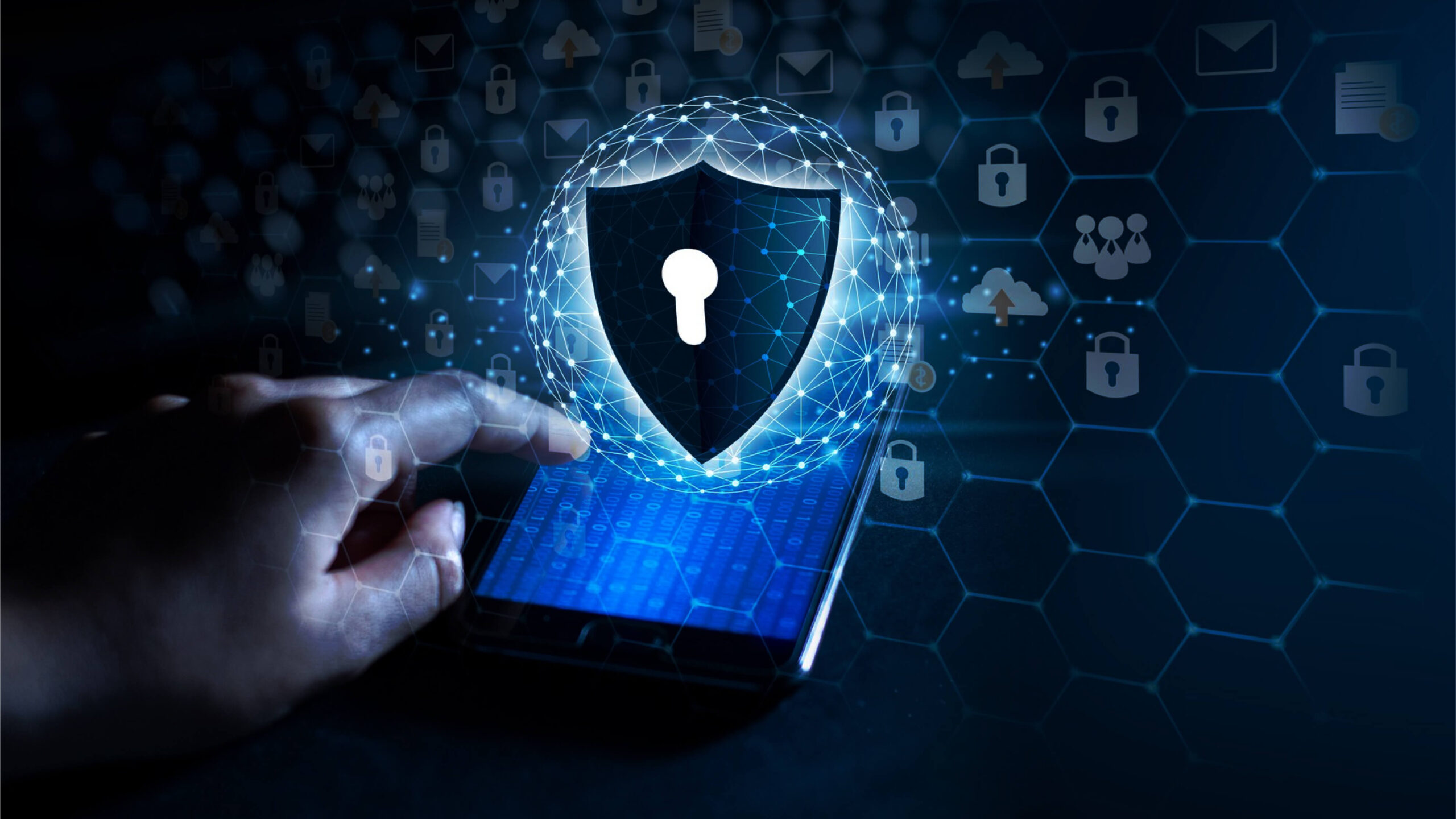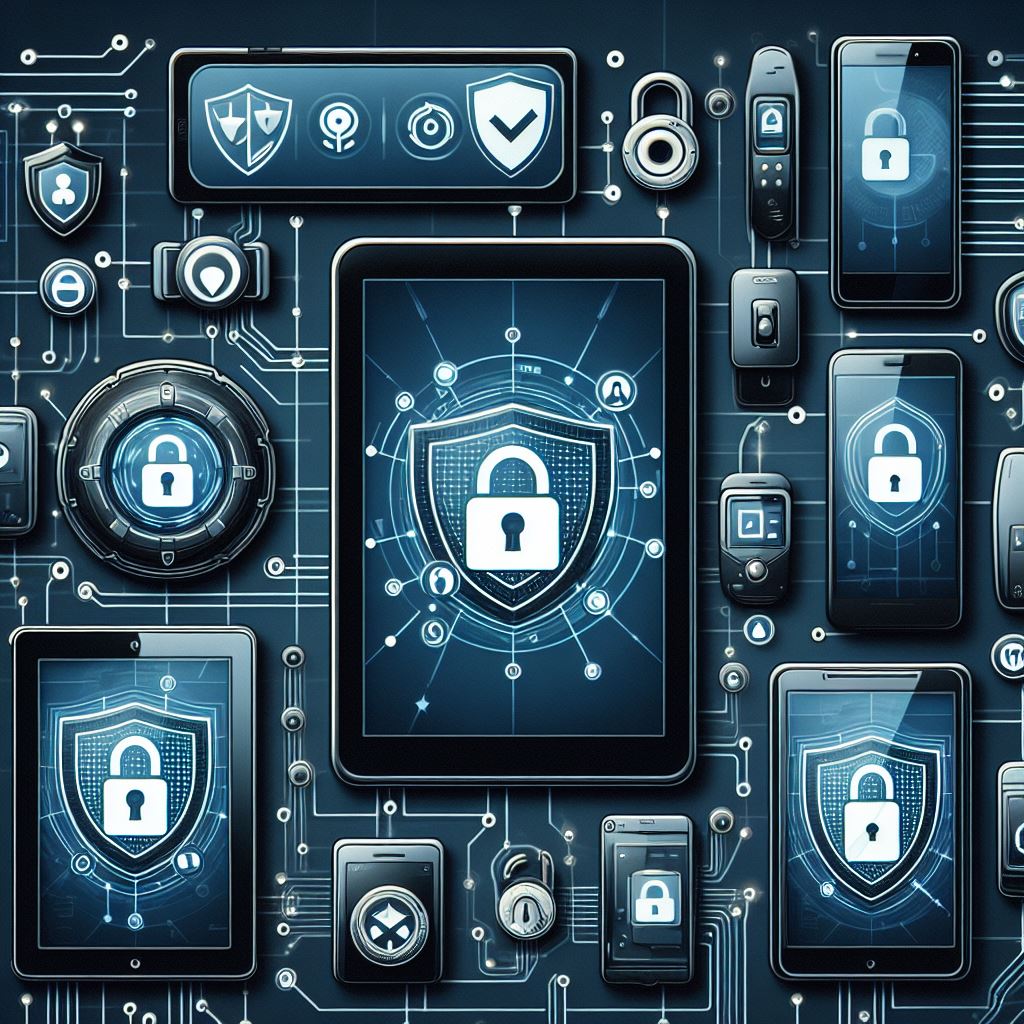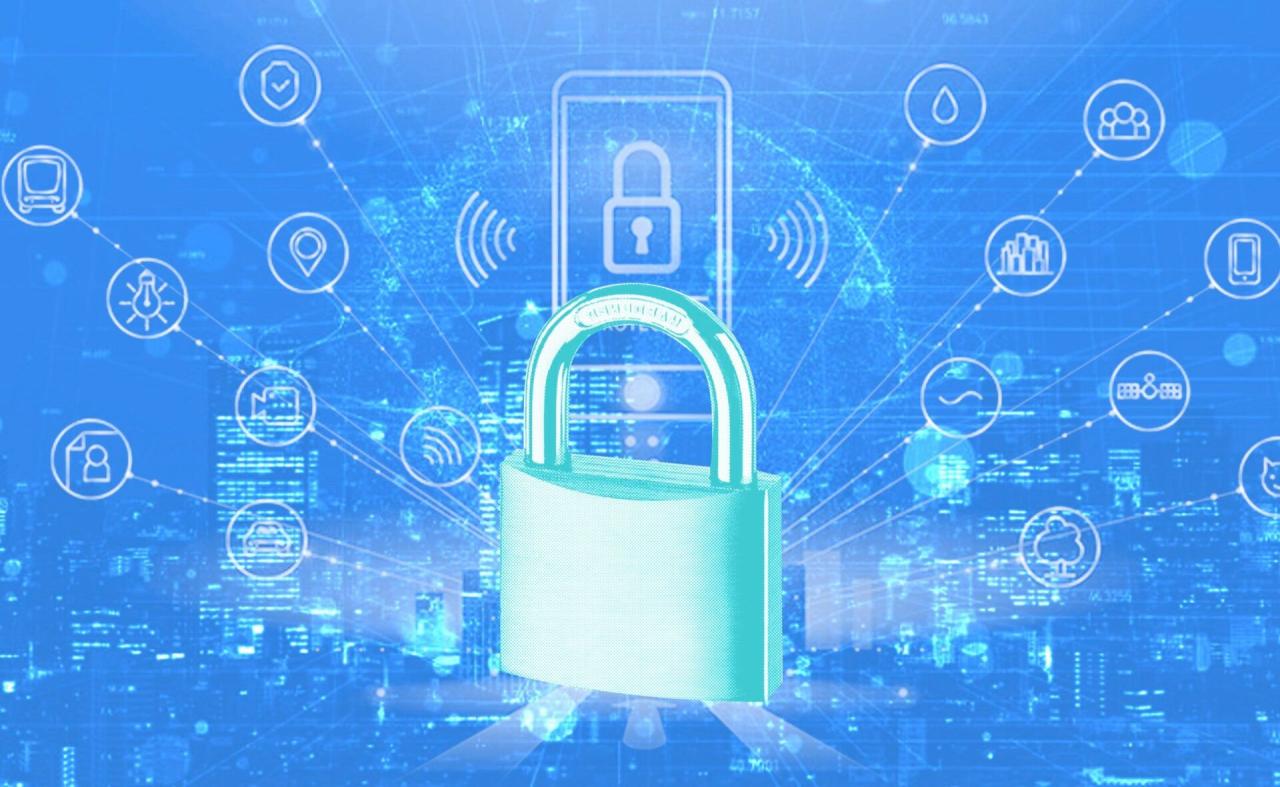Diving into the realm of cybersecurity in smart devices, this introduction aims to shed light on the critical importance of protecting these devices from potential threats. From the evolving landscape of cyber risks to the essential practices for safeguarding smart devices, this discussion promises to provide a comprehensive understanding for readers.
Importance of Cybersecurity in Smart Devices

Cybersecurity in smart devices is crucial in today's digital age where connectivity is at the forefront of our daily lives. These devices, ranging from smartphones to smart home appliances, store sensitive personal information and are susceptible to cyber-attacks if not properly secured.
Potential Risks of Not Having Proper Cybersecurity Measures in Smart Devices
- Unauthorized Access: Without strong cybersecurity measures, hackers can gain access to personal data stored on smart devices, leading to identity theft or financial fraud.
- Malware Attacks: Smart devices can be infected with malware, compromising their functionality and potentially giving hackers control over the device.
- Data Breaches: Lack of cybersecurity can result in data breaches where sensitive information is leaked, putting individuals at risk of privacy violations.
Real-World Incidents Highlighting the Consequences of Lack of Cybersecurity in Smart Devices
One notable incident is the Mirai botnet attack in 2016, where insecure IoT devices were hijacked to launch massive DDoS attacks, disrupting major websites and online services. Another example is the Ring security camera hacks, where cybercriminals gained access to cameras in people's homes, violating their privacy.
Common Threats to Smart Devices
Smart devices face numerous cybersecurity threats that can compromise the security and privacy of users. These threats are constantly evolving, posing a significant risk to both individuals and organizations.
Malware Attacks
One of the most common threats to smart devices is malware attacks. Malware, short for malicious software, is designed to infiltrate devices and steal sensitive information. For example, ransomware can encrypt a user's data and demand payment for decryption, while spyware can secretly monitor user activity.
Phishing Attacks
Phishing attacks target users through deceptive emails, messages, or websites to trick them into revealing personal information such as login credentials or financial details. Once obtained, this information can be used for identity theft or financial fraud.
Botnets
Botnets are networks of infected devices controlled by cybercriminals to carry out coordinated attacks, such as Distributed Denial of Service (DDoS) attacks. These attacks overwhelm a target server or network with a flood of traffic, causing service disruptions and downtime.
Weak Authentication
Weak or default passwords on smart devices can make them vulnerable to unauthorized access. Attackers can easily guess or crack simple passwords, gaining full control of the device and potentially compromising the entire network it is connected to.
Unsecured IoT Ecosystem
The interconnected nature of the Internet of Things (IoT) ecosystem can introduce vulnerabilities if one device is compromised. A security flaw in a single IoT device can lead to a domino effect, allowing attackers to pivot and infiltrate other connected devices.
Best Practices for Securing Smart Devices

In today's interconnected world, securing smart devices is crucial to protect sensitive information and maintain privacy. Implementing effective strategies can help prevent cyber threats and keep your devices safe from potential attacks.
Regular Software Updates and Firmware Patches
One of the most important steps in securing smart devices is to ensure that they are regularly updated with the latest software and firmware patches. These updates often contain critical security fixes that address vulnerabilities exploited by cybercriminals.
Strong Passwords and Two-Factor Authentication
Setting up strong passwords is essential to prevent unauthorized access to your smart devices. Avoid using generic or easily guessable passwords, and opt for a combination of letters, numbers, and special characters. Additionally, enabling two-factor authentication adds an extra layer of security by requiring a secondary verification method, such as a code sent to your phone.
Future Trends in Cybersecurity for Smart Devices
As technology continues to advance, the landscape of cybersecurity for smart devices is constantly evolving. New trends and emerging technologies are shaping the way we protect our devices from cyber threats. Let's explore some of the future trends in cybersecurity for smart devices.
Utilization of Artificial Intelligence and Machine Learning
Artificial intelligence (AI) and machine learning are revolutionizing cybersecurity for smart devices. These technologies are being utilized to enhance threat detection, automate responses to security incidents, and even predict potential cyber attacks before they occur. By analyzing patterns and anomalies in data, AI and machine learning algorithms can strengthen the security of smart devices and provide real-time protection against cyber threats.
IoT Security Frameworks and Their Role
The concept of IoT security frameworks is becoming increasingly important in protecting smart devices. These frameworks provide a set of guidelines and best practices for securing IoT devices and networks. By implementing IoT security frameworks, manufacturers can ensure that their devices adhere to industry standards and are equipped with robust security measures.
This proactive approach helps prevent vulnerabilities and strengthens the overall cybersecurity of smart devices.
Last Word

In conclusion, cybersecurity in smart devices is not merely a trend but a necessity in today's digital age. By staying informed about the latest threats, implementing best security practices, and embracing technological advancements, individuals can better protect their smart devices and personal data from malicious actors.
Questions Often Asked
How important is cybersecurity in smart devices?
Cybersecurity in smart devices is crucial as these devices are vulnerable to various cyber threats that can compromise user privacy and security.
What are some common threats faced by smart devices?
Common threats include malware, phishing attacks, and unauthorized access to sensitive data stored on the devices.
Why are regular software updates essential for smart device security?
Regular updates help patch vulnerabilities and ensure that the device's software is equipped to defend against the latest cyber threats.
How can users enhance the security of their smart devices?
Users can improve security by setting strong passwords, enabling two-factor authentication, and being cautious of the apps they download.